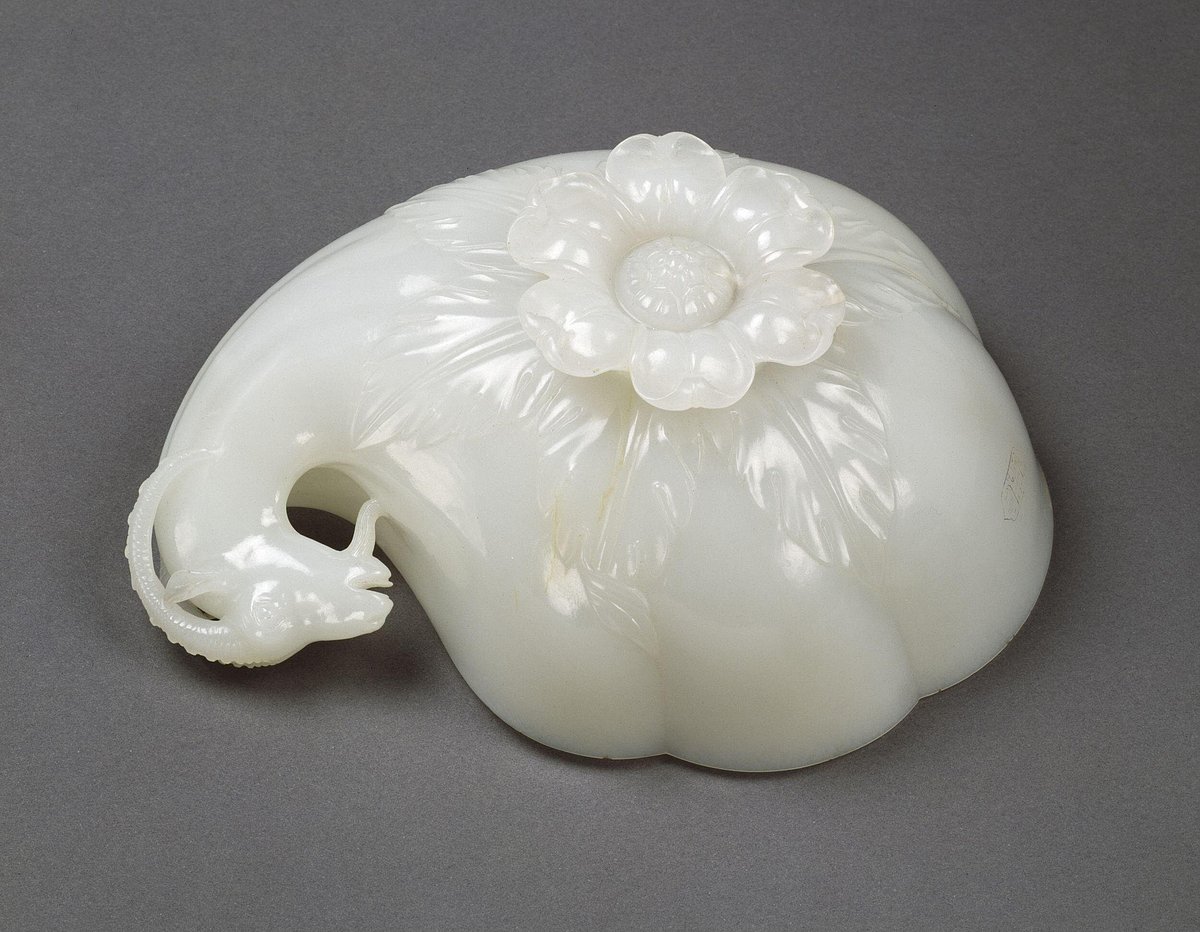India plans repatriation of Kohinoor diamond and other colonial artefacts
India is on a 'mission' to reclaim its treasures from first small private collectors and eventually larger museums and even the Crown, British media reported on Saturday

India is planning a repatriation campaign for artefacts dating back to the colonial era, including the controversial Kohinoor diamond and various idols and sculptures in museums across the UK, according to report in the Daily Telegraph on Saturday.
The British newspaper claims this mission is among the priorities of the Narendra Modi-led government, and the issue will likely come up in diplomatic and trade talks between the two countries.
While the Archaeological Survey of India (ASI) is said to be leading efforts to reclaim objects 'trafficked' out of the country since Independence, officials in New Delhi are believed to be coordinating with diplomats in London to make formal requests to institutions holding artefacts seized as 'spoils of war' or collected by enthusiasts during colonial rule.
'The long work of repatriation will begin with what is considered the easiest targets, small museums and private collectors, who may be more willing to voluntarily hand over Indian artefacts, and then efforts will turn to larger institutions and Royal collections,' the newspaper report said.
Senior officials in New Delhi believe that such historical artefacts can reinforce a strong national cultural identity, with Lily Pandeya, joint secretary of the ministry of culture, quoted as saying: "Antiquities have both physical and intangible value, they are part of the continuity of cultural heritage, of community and national identity. By robbing these artefacts, you are robbing this value, and breaking the continuity of knowledge and community."
The Kohinoor, also known as Koh-i-Noor, meaning 'mountain of light' in Persian, was in the spotlight at last week's coronation, with Queen Camilla averting a diplomatic row by choosing alternative diamonds for her consort’s crown.

The 105-carat diamond has been held by several rulers in India, the last of whom was Maharaja Ranjit Singh, from whose treasury it found its way into the hands of the East India Company from. It was then presented to Queen Victoria following the annexation of Punjab.
'The return of such a historically significant artefact would be "deeply symbolic", according to ministerial circles in New Delhi, and there is understood to be a political will to achieve such a symbolic post-colonial victory,' the report said.
The British Museum could also face claims for its collection of Hindu statues and the Amaravati marbles, which were taken from a Buddhist stupa by civil servant Sir Walter Elliot. The Victoria and Albert Museum’s India collection could also be subject to claims.

The British newspaper describes this drive to reclaim Indian artefacts as a 'reckoning' with the country’s colonial past, with secretary for the Indian ministry of culture Govind Mohan being quoted as saying that the return antiquities would form a key part of India's policy efforts.
There have been other cultural trends in recent years toward repatriation, with Greece seeking the Elgin Marbles and Nigeria the Benin Bronzes.
Last year, Glasgow Life—a charitable organisation which runs the Scottish city’s museums—signed an agreement with the Indian government to repatriate seven stolen artefacts to India.
Most of these objects were removed from temples and shrines in different states in northern India during the 19th century, while one was purchased following a theft from the owner.
All seven artefacts were gifted to Glasgow’s collections, according to Glasgow Life.

In New Delhi, a senior official of the ASI said concerted efforts are being made to repatriate artefacts from abroad.
"Since Independence, 251 artefacts have been brought back to India, and 238 of these have been repatriated since 2014," ASI spokesperson Vasant Swarnkar said.
"Besides, about 100 artefacts are in the process of being repatriated, from countries including the UK, and the US," he told PTI.
Antiquities in India are governed by the Antiquities and Art Treasures Act, 1972, which states that 'it shall not be lawful for any person, other than the Central Government or any authority or agency authorised by the Central Government in this behalf, to export any antiquity or art treasure".
Follow us on: Facebook, Twitter, Google News, Instagram
Join our official telegram channel (@nationalherald) and stay updated with the latest headlines
